Munich, Germany is divided into several city districts and neighborhoods, each with its own unique characteristics and charm. Here’s an overview of some of the most prominent districts and neighborhoods in Munich:
- Altstadt-Lehel: This is Munich’s historic city center and is home to many iconic landmarks, including Marienplatz, the Frauenkirche, and the Viktualienmarkt. It’s a bustling area with a mix of shops, restaurants, and cultural attractions.
- Schwabing: Known for its vibrant art scene and student population, Schwabing has a bohemian atmosphere. The English Garden, one of the world’s largest urban parks, is located here. It’s a great place for a leisurely stroll or a picnic.
- Maxvorstadt: This area is home to several museums and galleries, including the Alte and Neue Pinakothek. It’s often considered the city’s cultural district, with a mix of art, history, and education.
- Haidhausen: This district is known for its cozy neighborhoods and is often described as having a village-like atmosphere. It’s a great place for a leisurely walk and has numerous cafes and restaurants.
- Schwabing-West: A more residential part of Schwabing, it’s known for its leafy streets and upscale housing. There’s a mix of shopping, dining, and cultural offerings.
- Sendling: A diverse district with a mix of residential and industrial areas. Sendling is known for its strong sense of community and offers a range of cultural and recreational activities.
- Glockenbachviertel: A trendy and LGBTQ+-friendly neighborhood with a vibrant nightlife scene. It’s known for its bars, clubs, and cultural events.
- Neuhausen-Nymphenburg: Home to Nymphenburg Palace, this district is known for its green spaces and beautiful architecture. It’s a quieter and more family-friendly area.
- Obergiesing: A mix of residential and commercial areas, Obergiesing is known for its local character. It’s home to the Stadion an der Grünwalder Straße, a historic football stadium.
- Bogenhausen: An upscale district with a mix of modern and historic buildings, Bogenhausen is known for its exclusive residences and the English Garden’s northern part.
- Pasing: Located to the west of the city center, Pasing is a district with a mix of shops, cafes, and cultural venues. It has a suburban feel while still being well-connected to the city center.
- Milbertshofen-Am Hart: A diverse area with a mix of residential and industrial zones. It’s home to Olympiapark, which hosted the 1972 Summer Olympics.
- Moosach: This district has undergone significant redevelopment in recent years. It’s home to the BMW headquarters and the Olympia-Einkaufszentrum shopping center.
- Hadern: A quiet and largely residential district in the southwest of Munich, known for its green spaces and parks.
- Freimann: Located in the north of Munich, Freimann is a district with a mix of residential areas, businesses, and recreational spaces.
Munich’s neighborhoods offer a diverse range of experiences, from the historic charm of the city center to the more contemporary and residential areas in the outskirts. Each district has its own unique personality, making Munich a dynamic and appealing city for both residents and visitors.

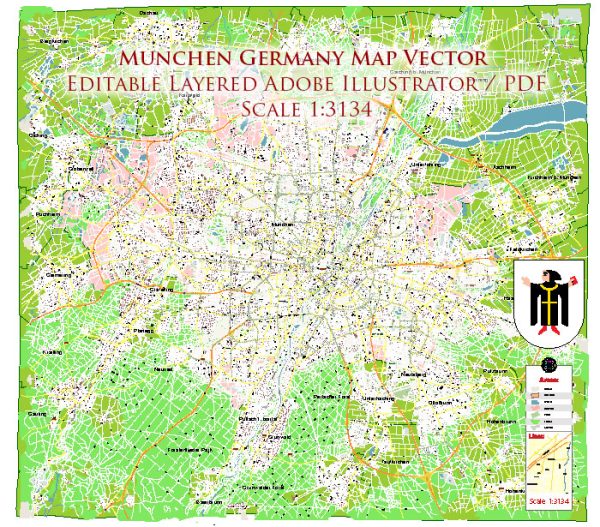
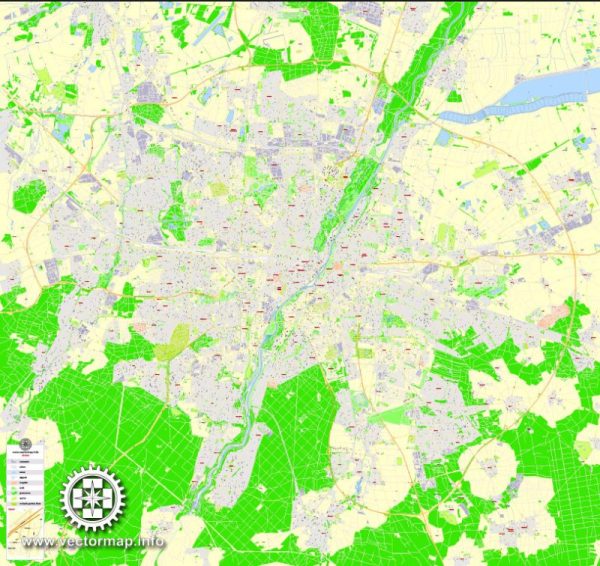
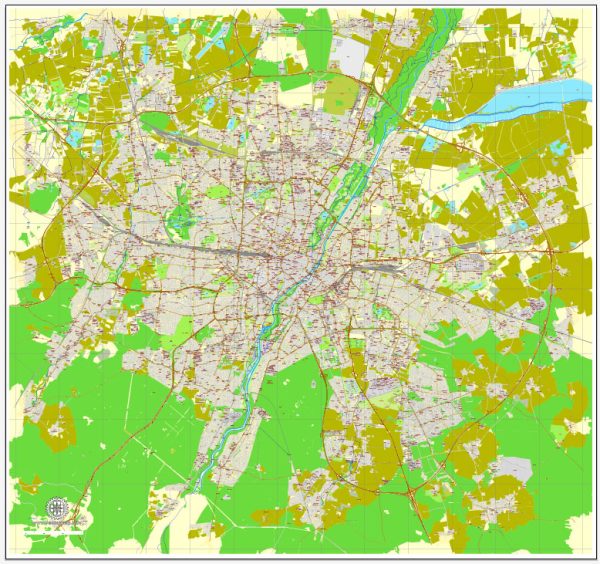
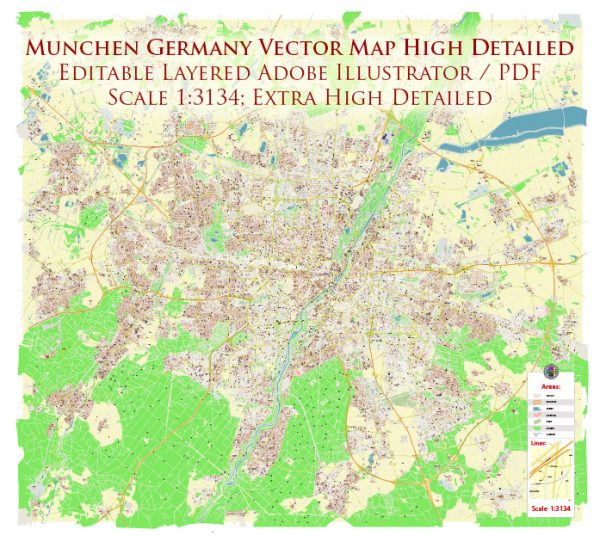
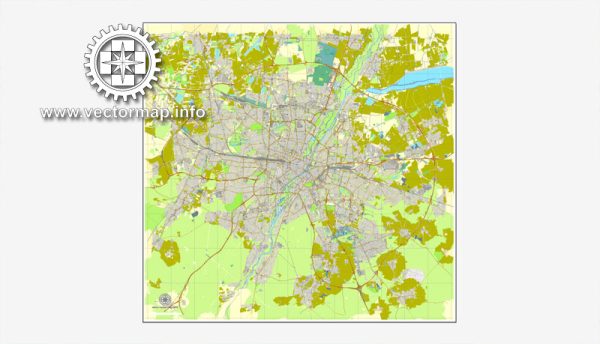
 Author: Kirill Shrayber, Ph.D.
Author: Kirill Shrayber, Ph.D.